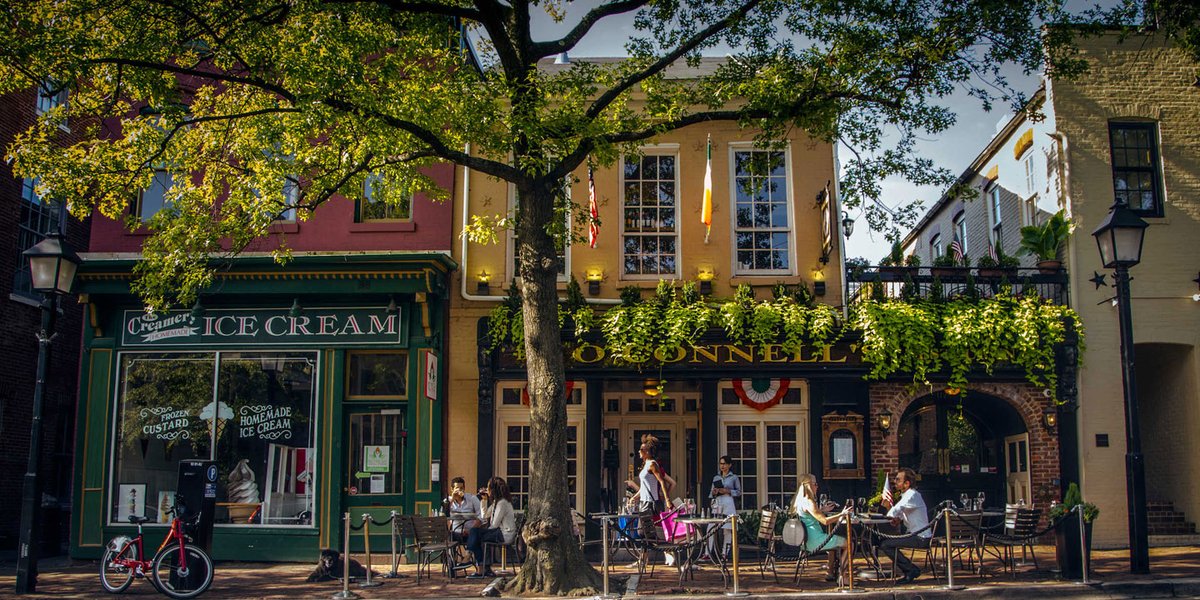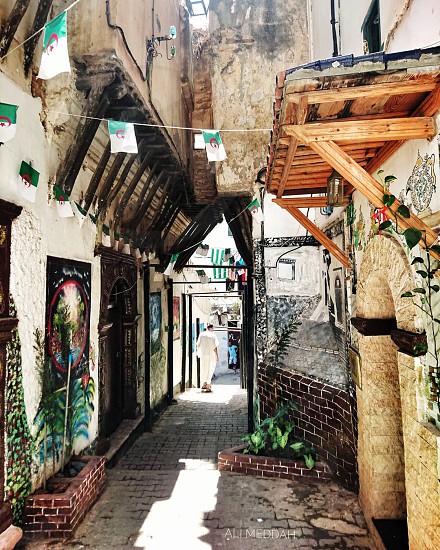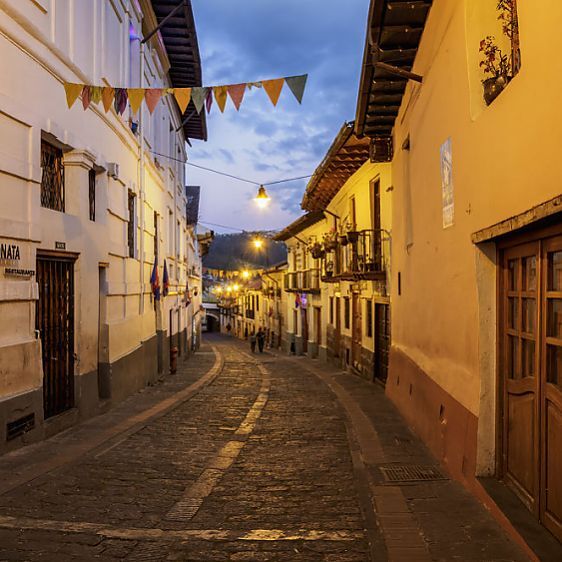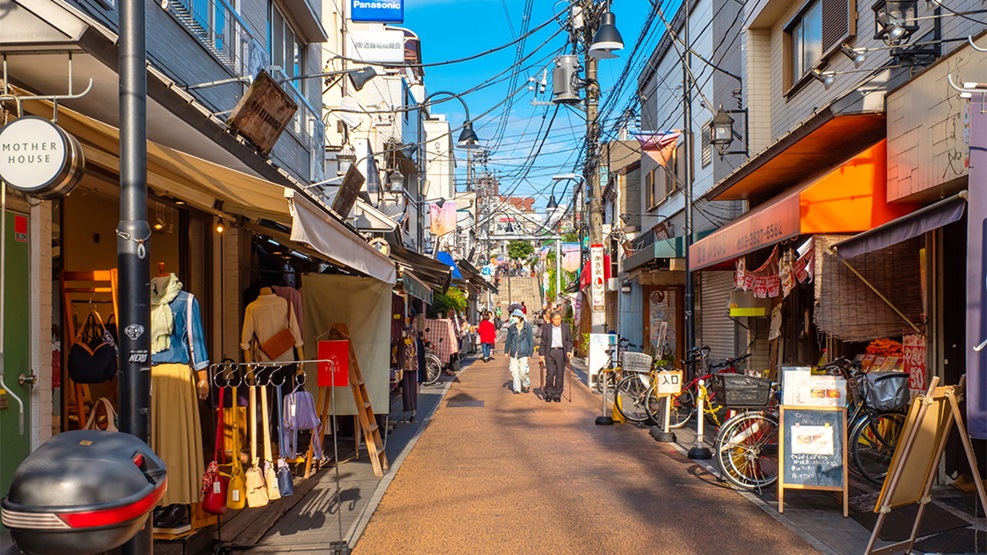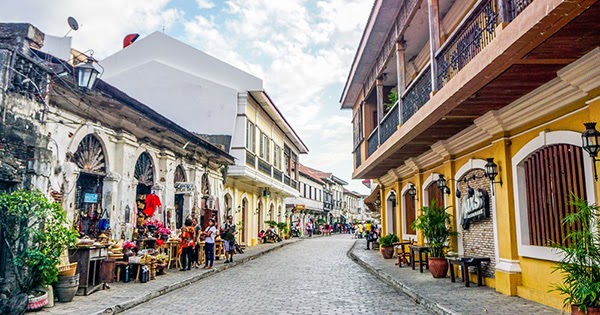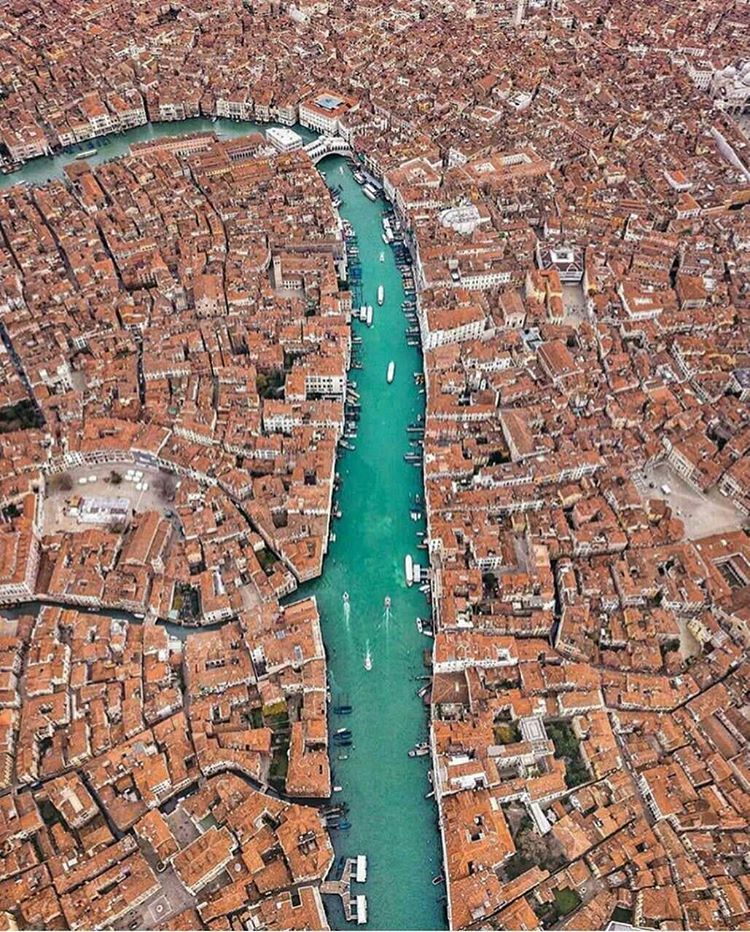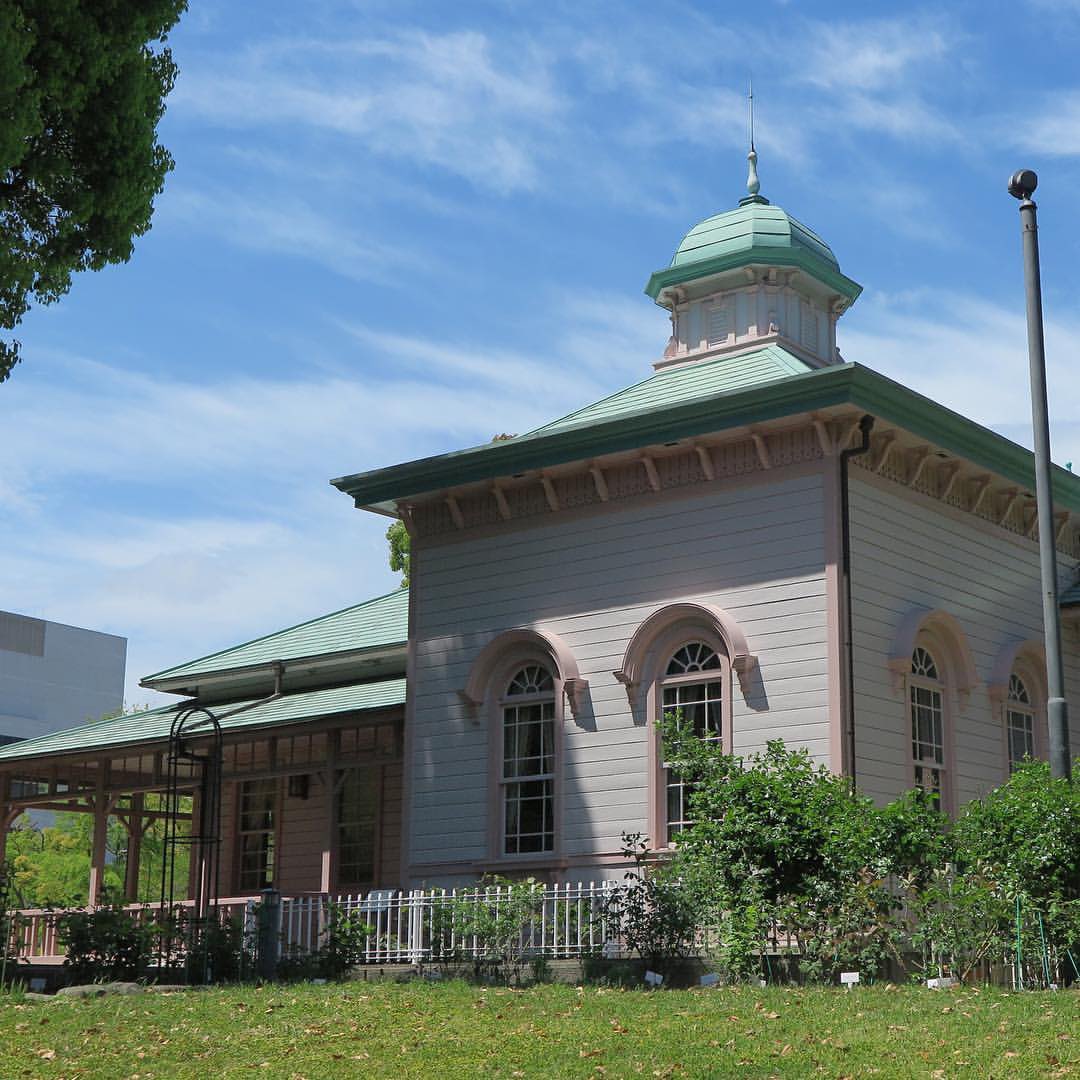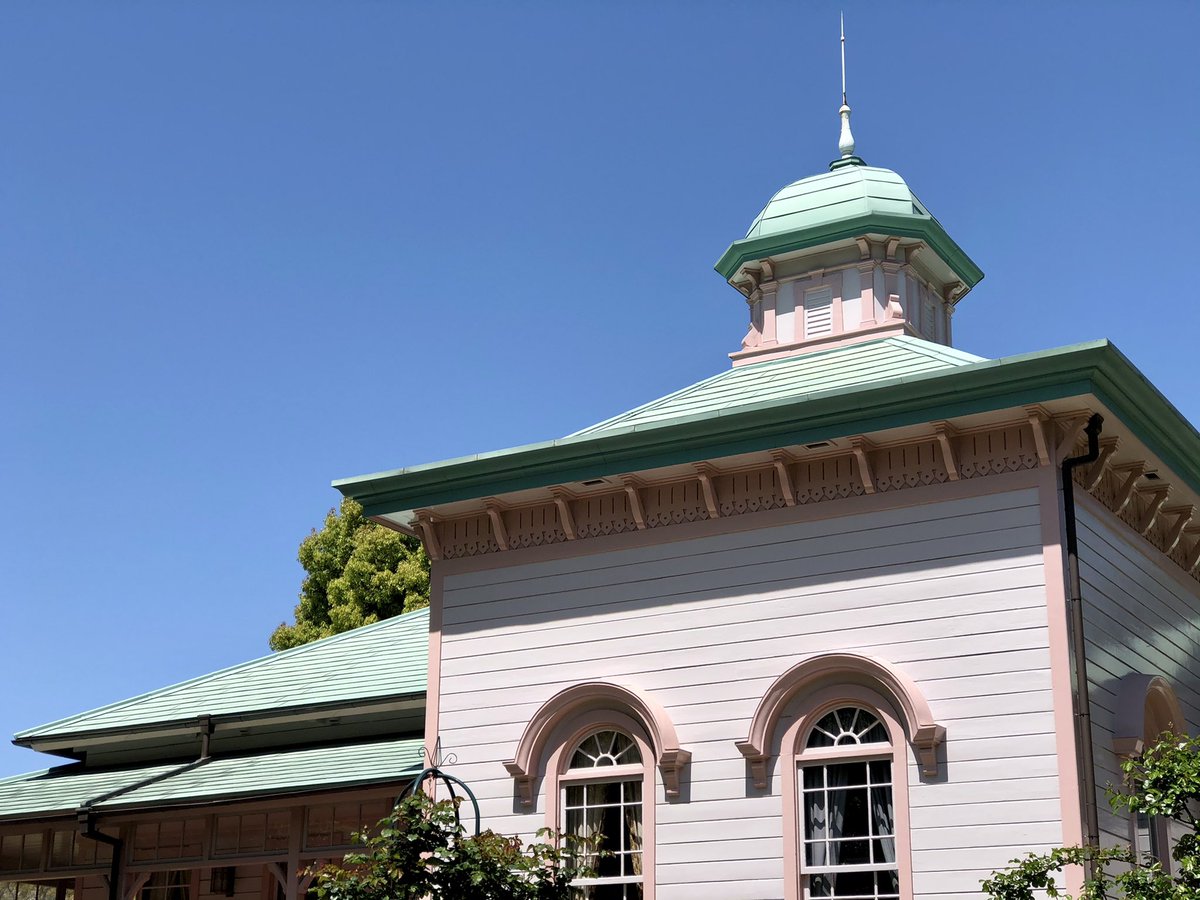
All countries have their defining flowers, Dutch tulips, the English rose, for example. Today we associate Japan with the Cherry blossom, or maybe the Chrysanthemum, but for about 300 years, the Safflower (Carthamus tinctorius) was a major player in Japanese agricultural-economy. 



Once grown all over the country as a major cash crop, today it is only properly grown in the iconic Tachiya River valley in Yamagata prefecture, where locals liked to bring impressed Imperial and Shogunate officials to view the endless fields of orange flowers from the mountain. 

The flower arrived in Japan via Korea, according to tradition, in 538 A.D. It had come a long way from its origin on the shores of the rive Nile in Egypt (it probably made its way via the silk route together with Roman Imperial glassware which has also been found in Japan). 





Safflower, called benibara, was used primarily in make up (its red color was perfect for lipstick and rouge because like balm it did not dry or damage the skin), cooking and lighting oil, fabric dye, ink, spice, medicine, etc. everything except the roots. But the petals was king. 





Growing safflower and harvesting the seeds was an incredibly sensitive and labor intensive activity. A hectare of flowers yielded only 12kg of dried petals, which packed as cakes was transported by horse (almost no-one used horses in agriculture or transport) and boat to market. 

Really high quality safflower, can only be harvested in July from the first glimmer of sunrise until the sun has dried the morning dew. This is why the Tachiya river valley in Yamagata was the perfect spot: every summer morning it is covered in thick fog rising from the river. 

The commercial growing of safflower started in 6th c. but really took off in early 17th c. when peace meant people had time and money to spend on colors, beauty. When cheaper chemical dyes were invented in 19th c. the tradition almost died out. Today it is a protected heritage. 

Bonus: there is a funny story about the poet Hachiemon Suzuki (1651-1722), also a wealthy safflower merchant, who when having arrived by boat to his warehouse in Tokyo was told by a delegation of local merchants that they were boycotting him due to his high prices, returned to...
...his ship and promptly burned his entire cargo, worth millions, in front of the merchants. When the horrible news got out prices of safflower skyrocketed all over the city. However, the clever Hachiemon had bluffed by only burning bales of dirty laundry. Obviously he ended up..
...making a fortune, most of which he spent by promptly renting every brothel and courtesan in the city, for three days, ordering them only to get some much needed sleep. For his tricking of the merchants and lavish spending on the prostitutes, he became an instant folk hero.
• • •
Missing some Tweet in this thread? You can try to
force a refresh


